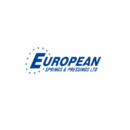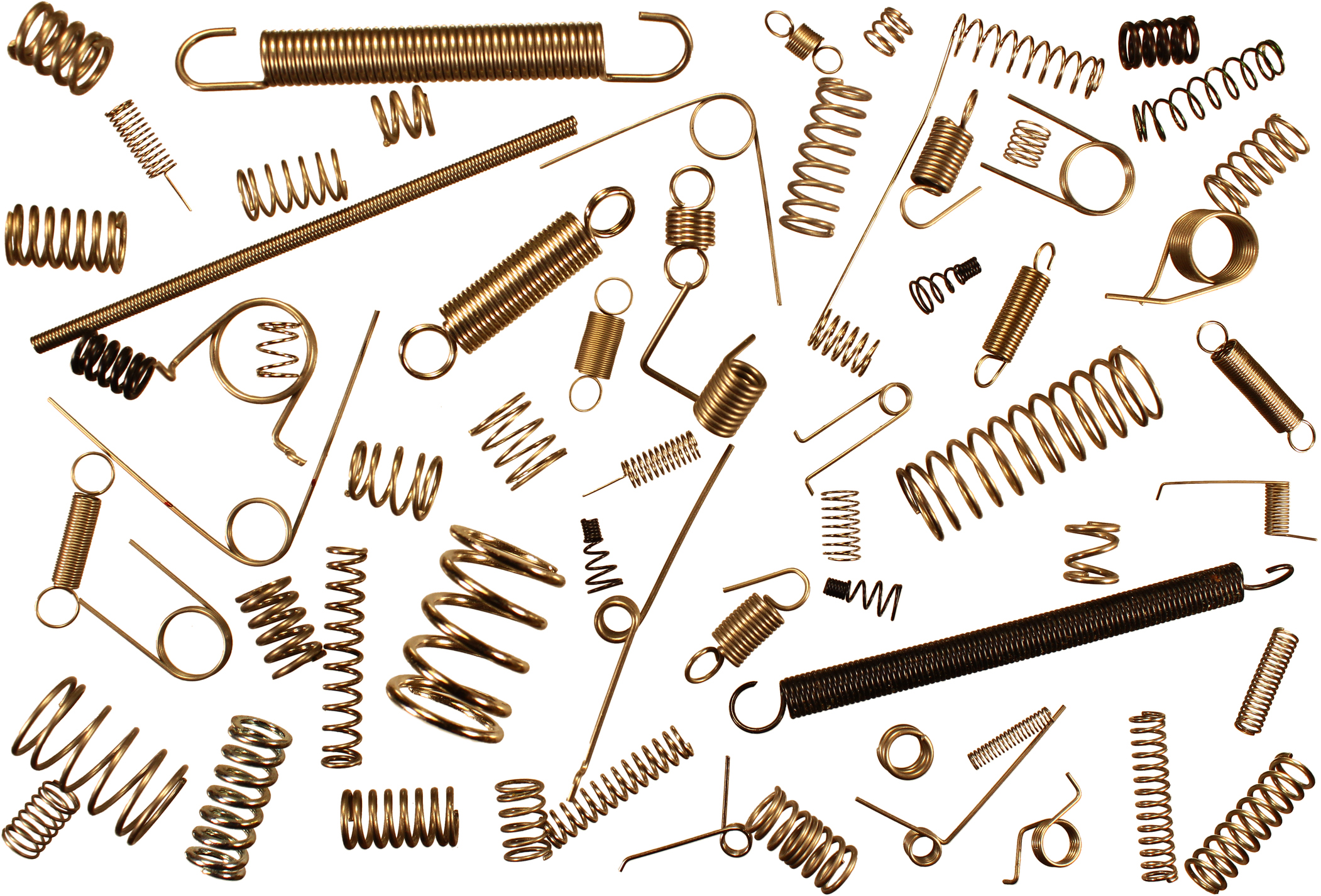Spring materials
Contents |
[edit] Introduction
Springs are used in a huge range of different applications and are created in a variety of shapes, sizes and materials in order to fulfil different requirements. These different spring materials are used based on the requirements of the spring and present their own advantages and disadvantages.
While some materials boast a high resistance to corrosion, others may present a strength advantage. As technology advances, manufacturers and engineers are looking to create materials that are capable of being used in applications that may never have been necessary before, such as aerospace.
[edit] Stainless steel
Stainless steel is a commonly used alloy which is used in a huge range of applications. Stainless steels have a minimum of 10.5% chromium and other alloying elements are added to enhance the structure. This material is known for its excellent corrosion resistance so it is often used in architectural applications.
As a spring material, stainless steels are a popular choice due to their corrosion and heat resistance. These qualities mean that the alloy can maintain its integrity and remain strong in a number of applications where other materials may fail or degrade.
[edit] Alloy steels
Alloy steels are steels which have one or more alloying elements added to them in order to improve their properties. They may feature alloys such as manganese, silicon, nickel, titanium, copper, chromium or aluminium, to name a few.
Alloy steels often have improved strength, toughness, corrosion resistance, hardenability and hot hardness. This means that they are often used in applications that require a great deal of hardiness, such as in the aerospace and military fields.
[edit] Titanium alloys
Titanium alloys are made up of a mixture of titanium and other chemical elements. They are divided into grades which differentiate their properties and benefits such as formability and ductility.
This material tends to be lightweight even though other properties include extreme corrosion and heat resistance. Due to the hardwearing qualities of this material, it is often used in applications including aerospace, medical and automotive.
[edit] Copper alloys
Copper alloys are primarily composed of copper but have other metals added to create varying alloys with different properties and benefits. Bronze is the best-known copper alloy, and brass is another example.
These alloys have a high resistance to corrosion. Aluminium bronzes are particularly high in strength and corrosion resistance and can often be found in marine applications.
[edit] Super-alloys
Super-alloys benefit from the following characteristics:
- Excellent mechanical strength.
- Resistance to thermal creep deformation.
- Good surface stability.
- Resistance to corrosion or oxidation.
Due to these qualities, super-alloys are most commonly used in particularly high-stress applications, such as in the aerospace and marine sectors.
[edit] Related articles on Designing Buildings
- Bronze.
- Compression springs.
- E-Spring.
- Extension Springs.
- Flat springs.
- Key qualities of springs.
- Tension springs v torsion springs.
- The Importance of Gas Springs.
- Using springs in construction to prevent disaster.
--European Springs and Pressings Ltd 13:59, 16 Aug 2017 (BST)
Featured articles and news
Professional practical experience for Architects in training
The long process to transform the nature of education and professional practical experience in the Architecture profession following recent reports.
A people-first approach to retrofit
Moving away from the destructive paradigm of fabric-first.
International Electrician Day, 10 June 2025
Celebrating the role of electrical engineers from André-Marie Amperè, today and for the future.
New guide for clients launched at Houses of Parliament
'There has never been a more important time for clients to step up and ...ask the right questions'
The impact of recycled slate tiles
Innovation across the decades.
EPC changes for existing buildings
Changes and their context as the new RdSAP methodology comes into use from 15 June.
Skills England publishes Sector skills needs assessments
Priority areas relating to the built environment highlighted and described in brief.
BSRIA HVAC Market Watch - May 2025 Edition
Heat Pump Market Outlook: Policy, Performance & Refrigerant Trends for 2025–2028.
Committing to EDI in construction with CIOB
Built Environment professional bodies deepen commitment to EDI with two new signatories: CIAT and CICES.
Government Grenfell progress report at a glance
Line by line recomendation overview, with links to more details.
An engaging and lively review of his professional life.
Sustainable heating for listed buildings
A problem that needs to be approached intelligently.
50th Golden anniversary ECA Edmundson apprentice award
Deadline for entries has been extended to Friday 27 June, so don't miss out!
CIAT at the London Festival of Architecture
Designing for Everyone: Breaking Barriers in Inclusive Architecture.
Mixed reactions to apprenticeship and skills reform 2025
A 'welcome shift' for some and a 'backwards step' for others.























